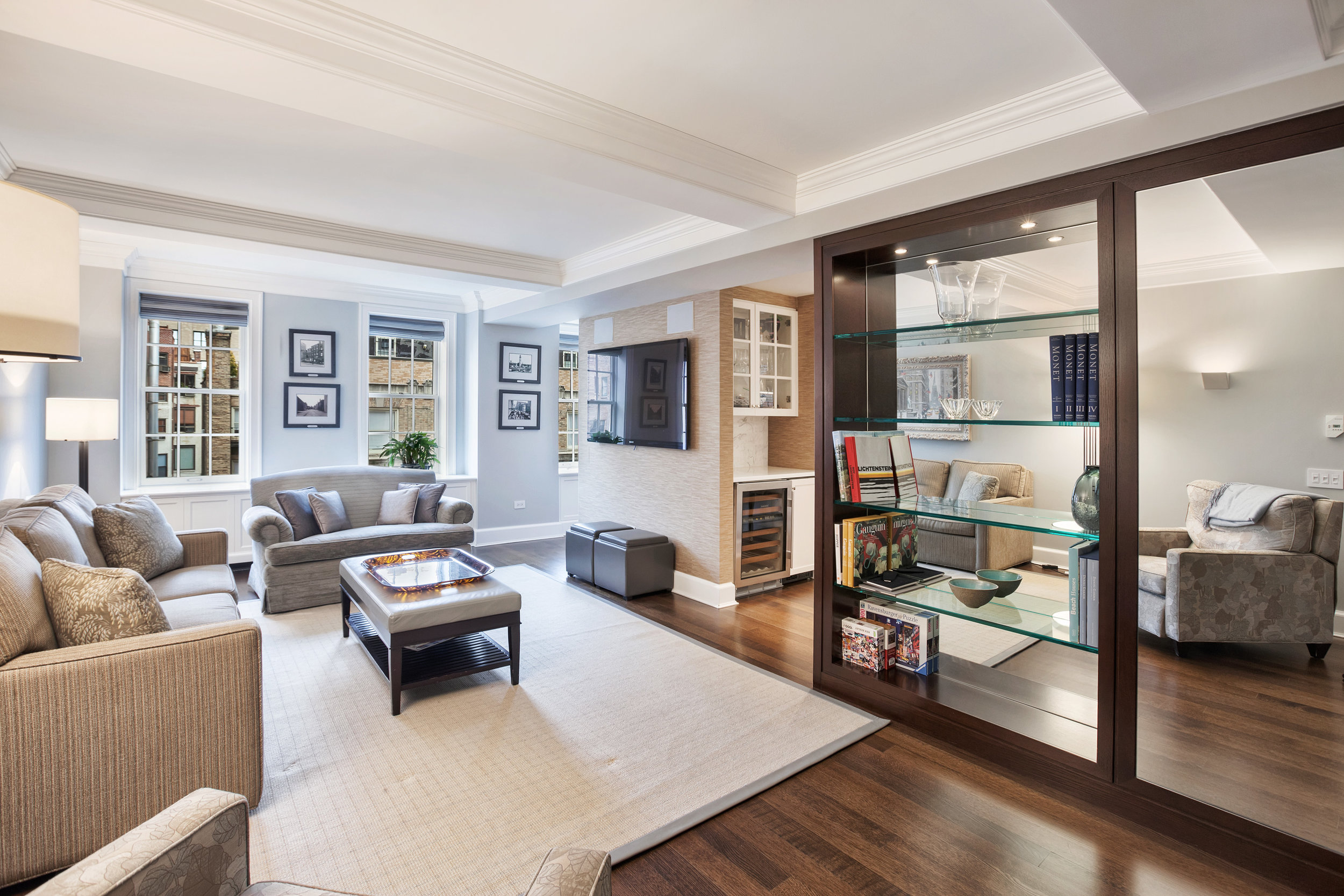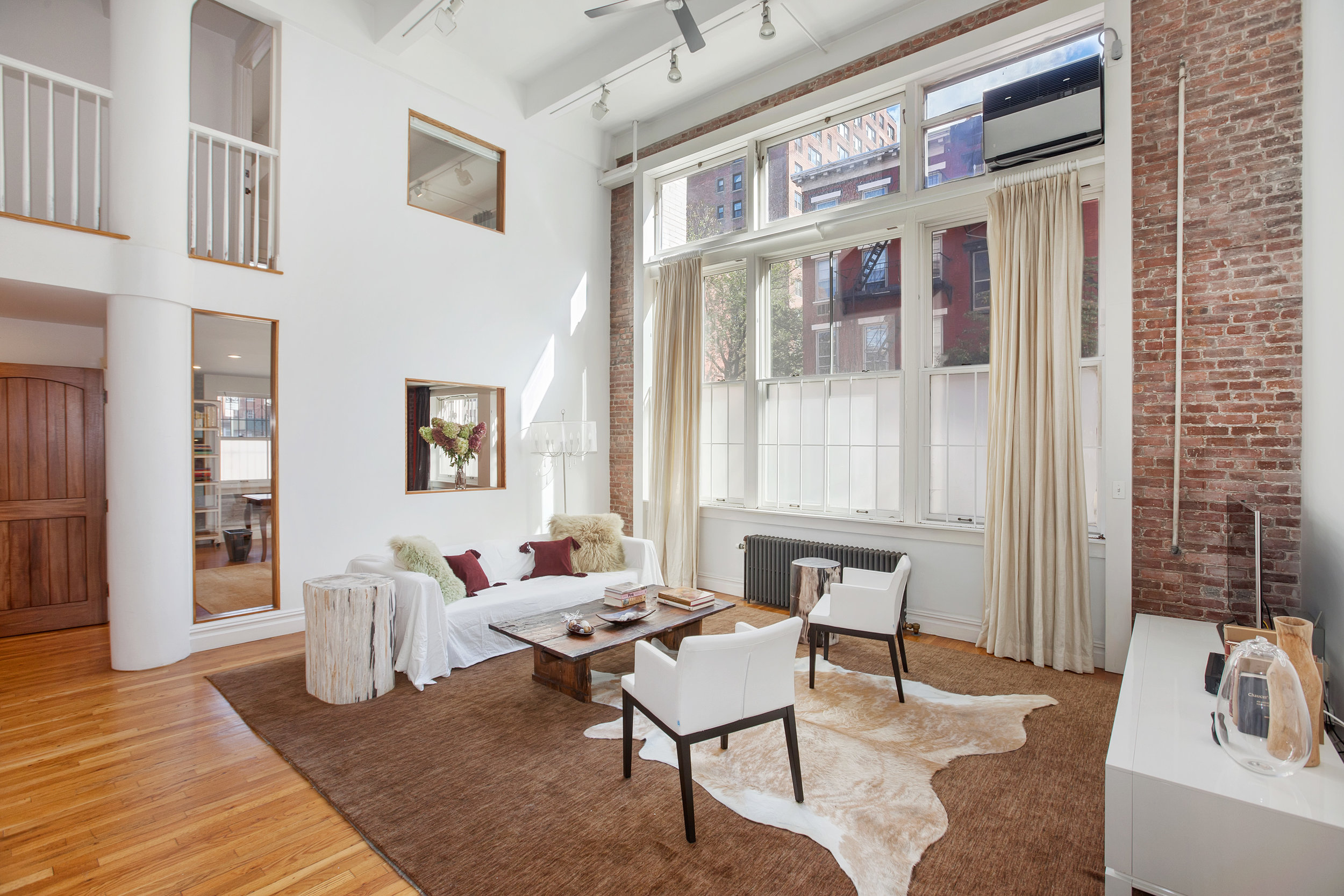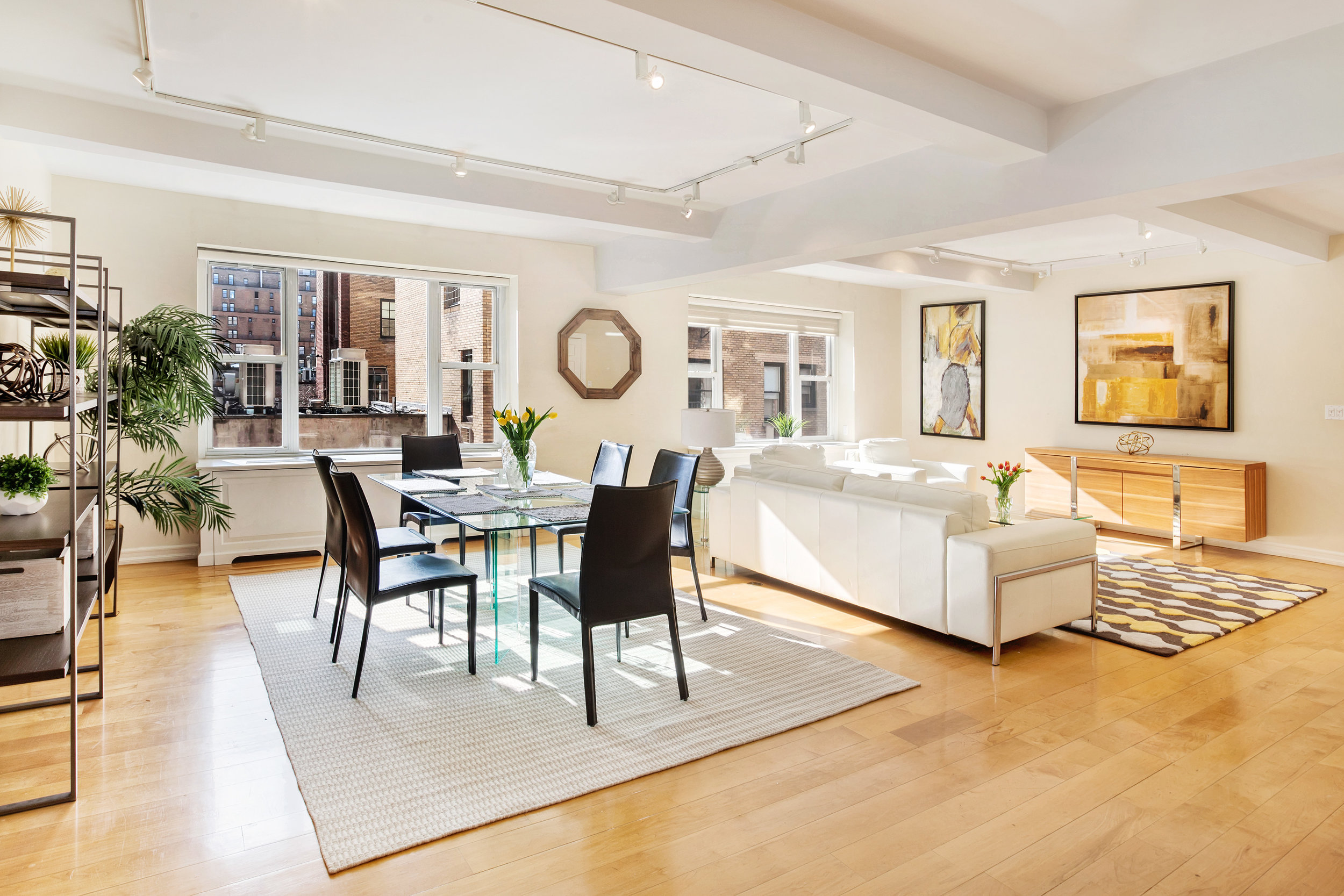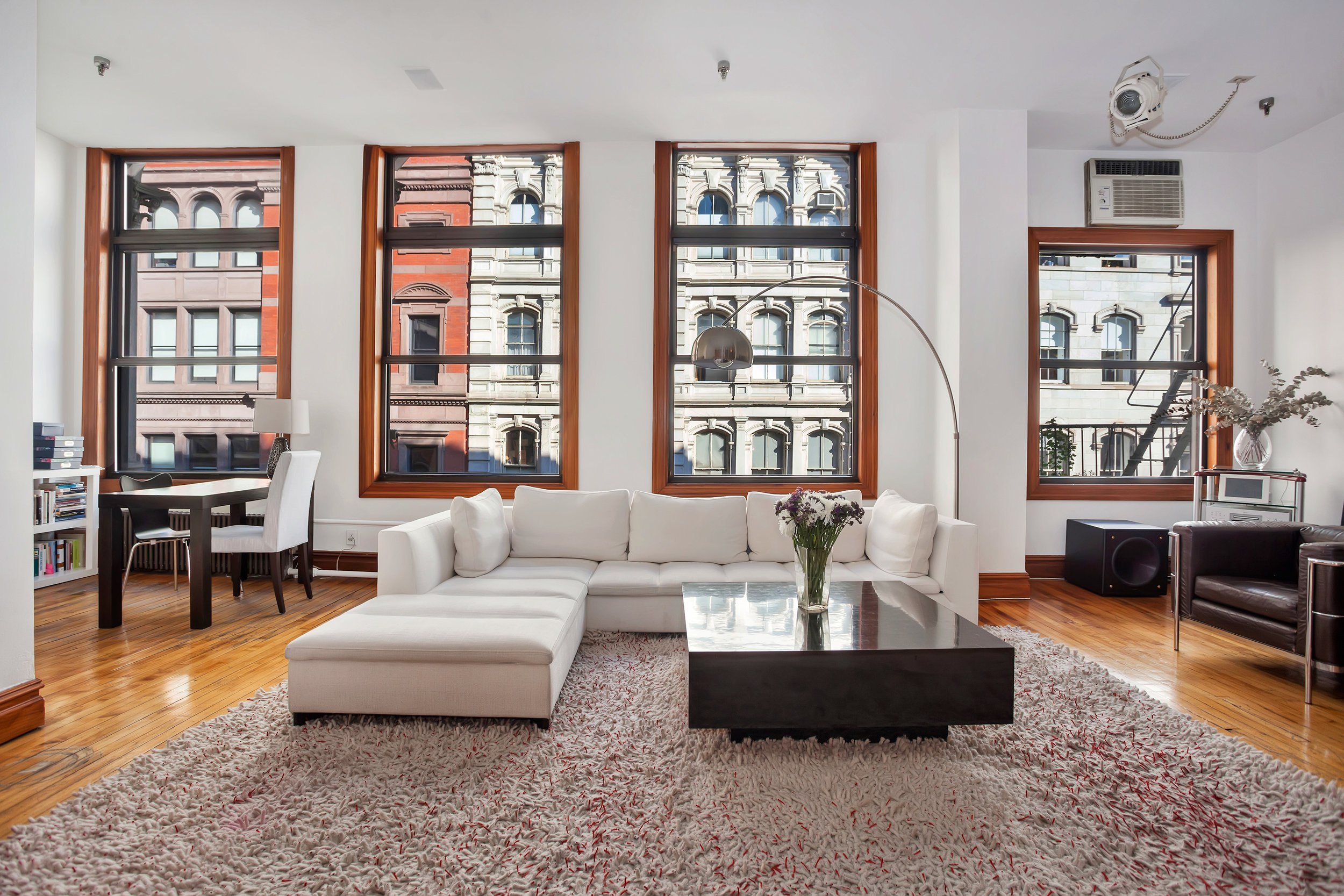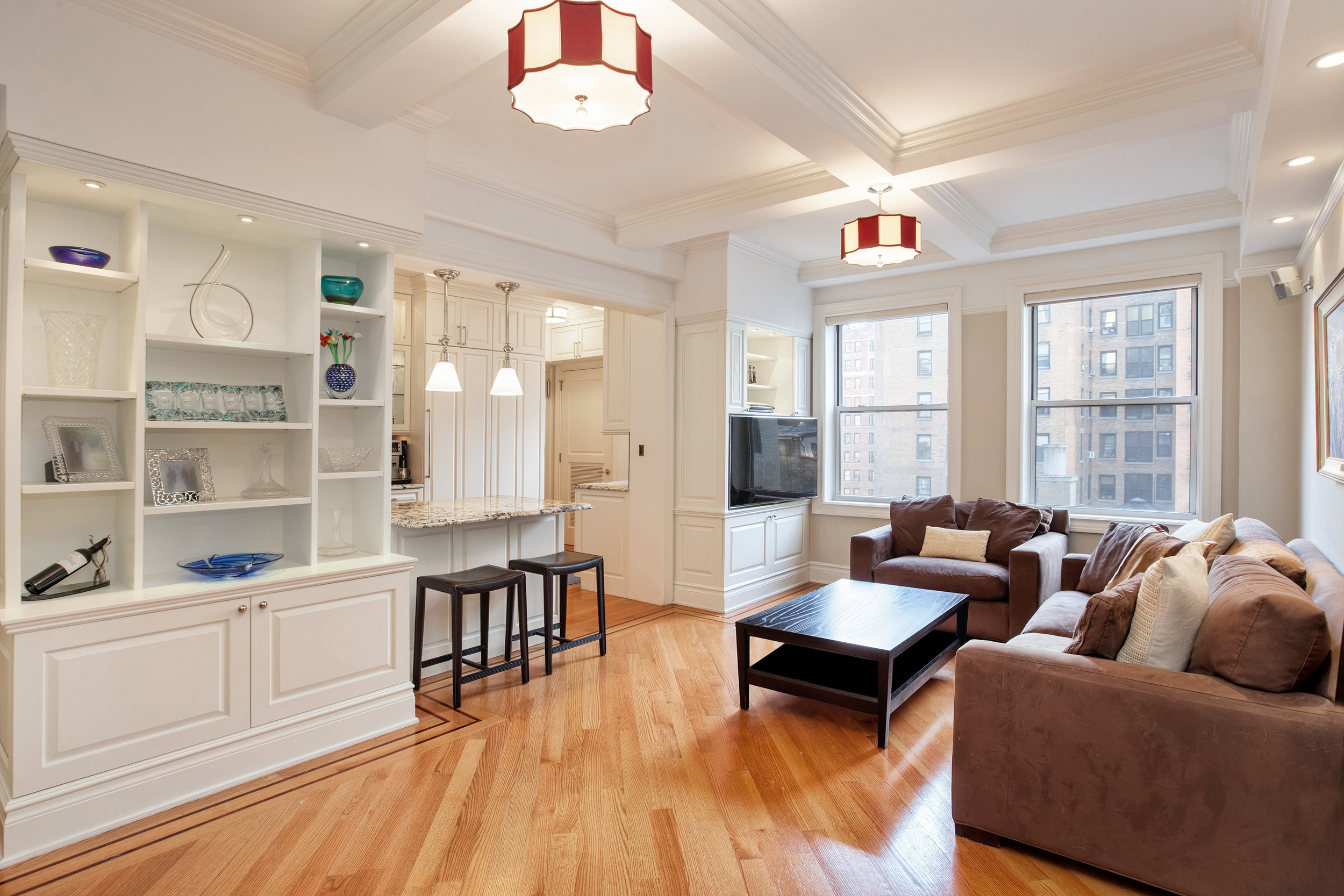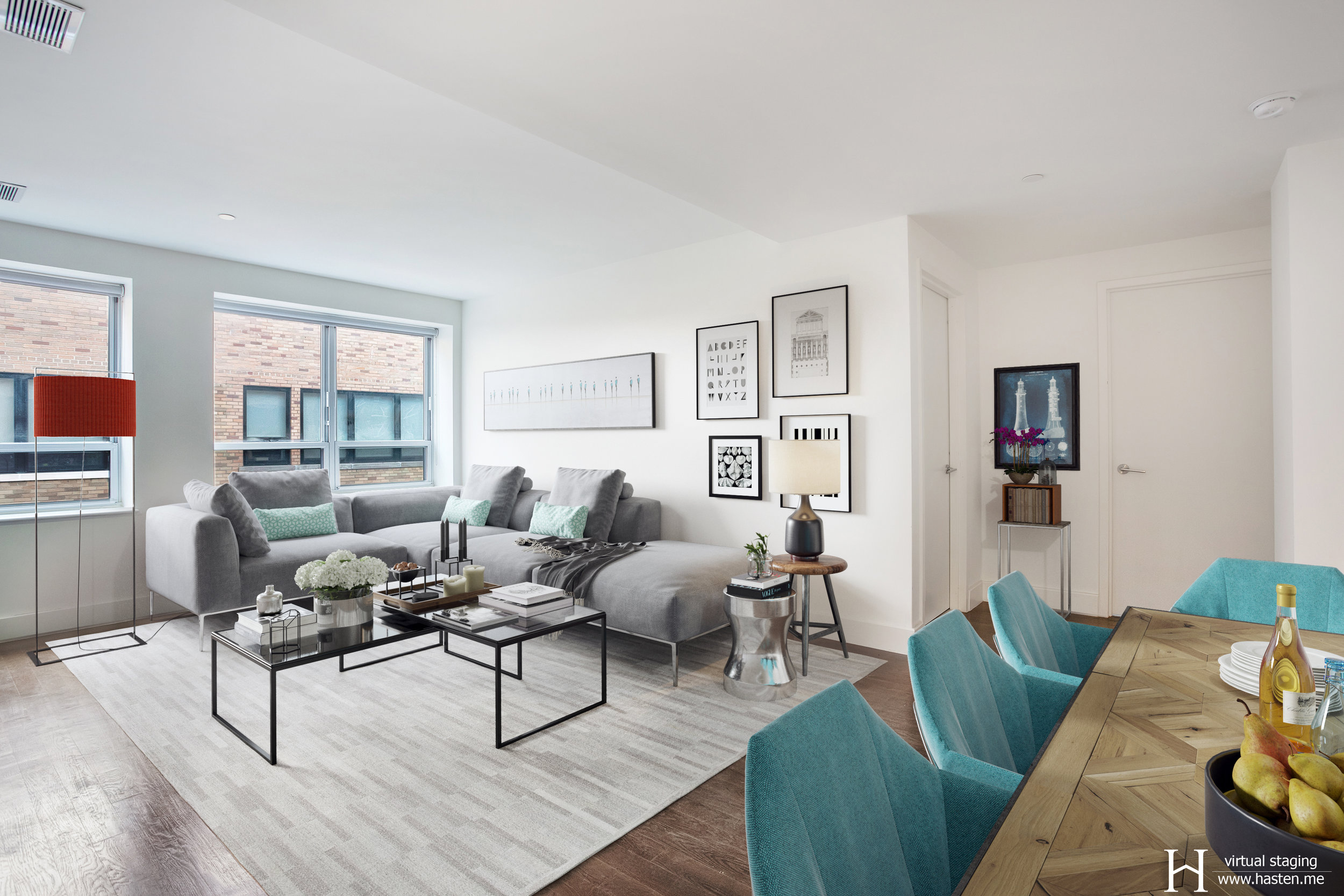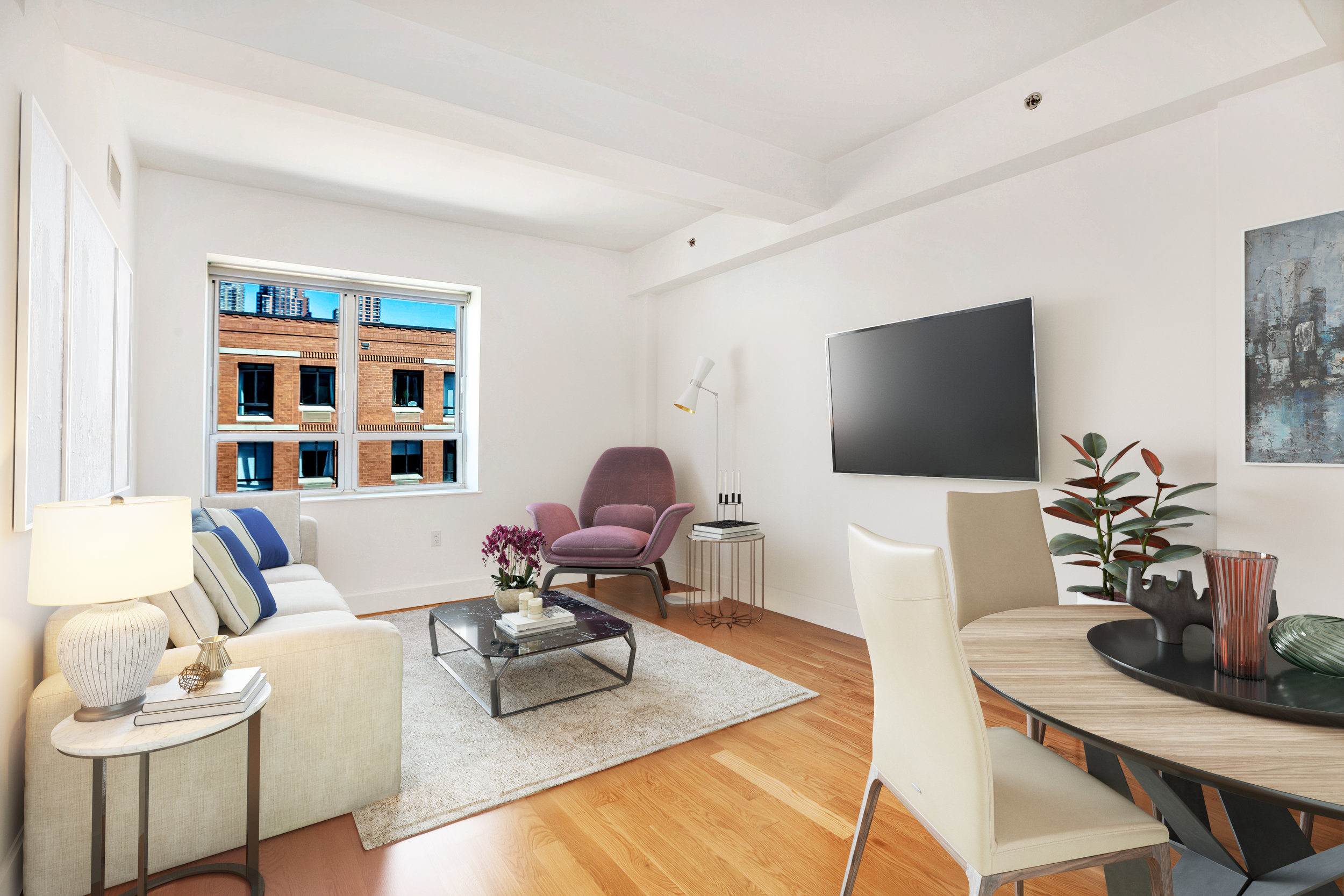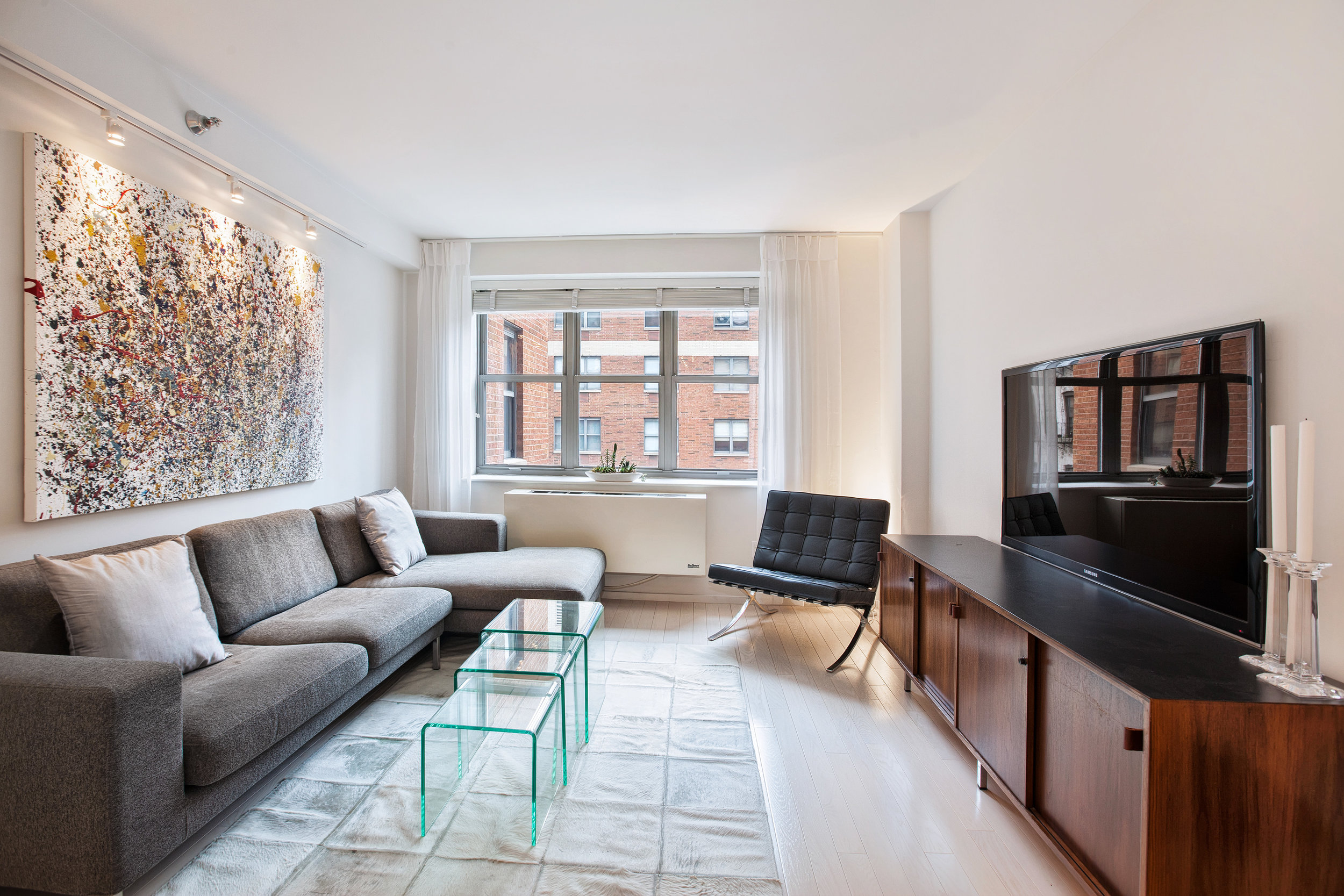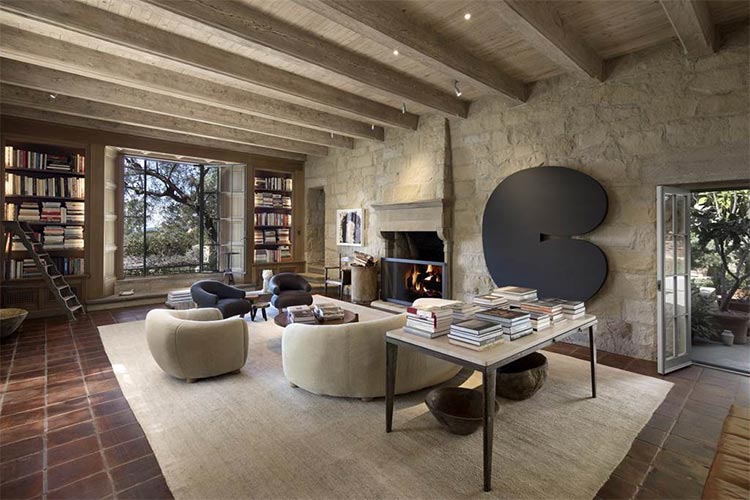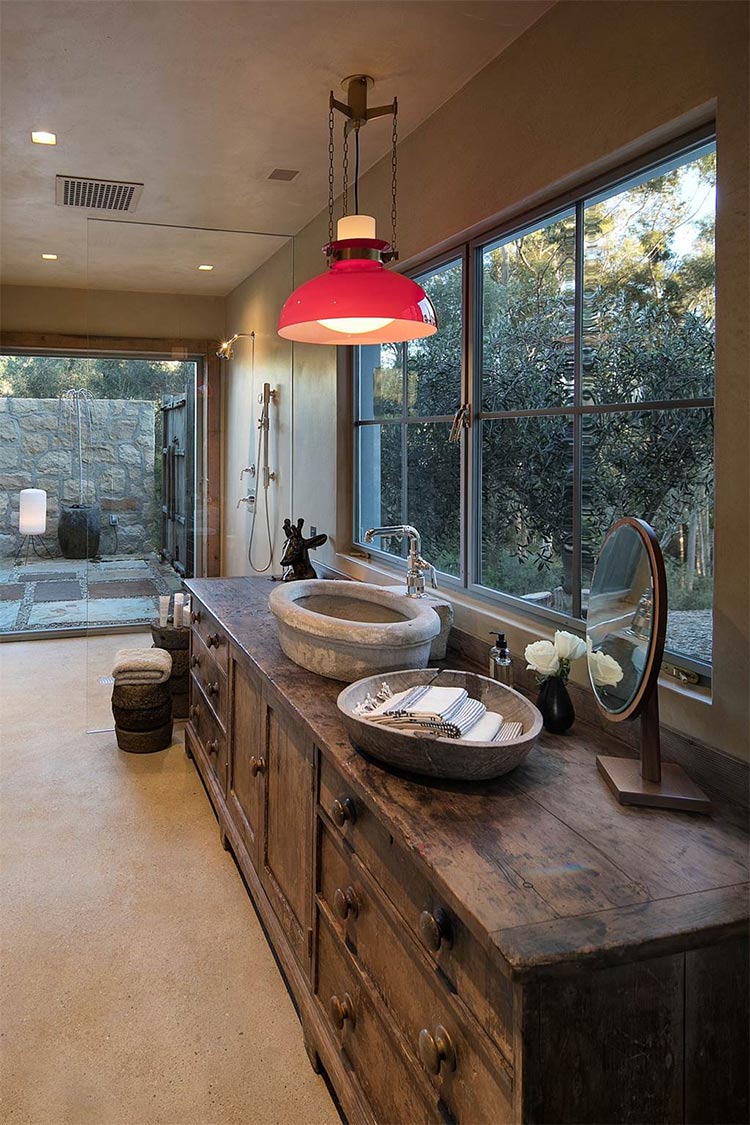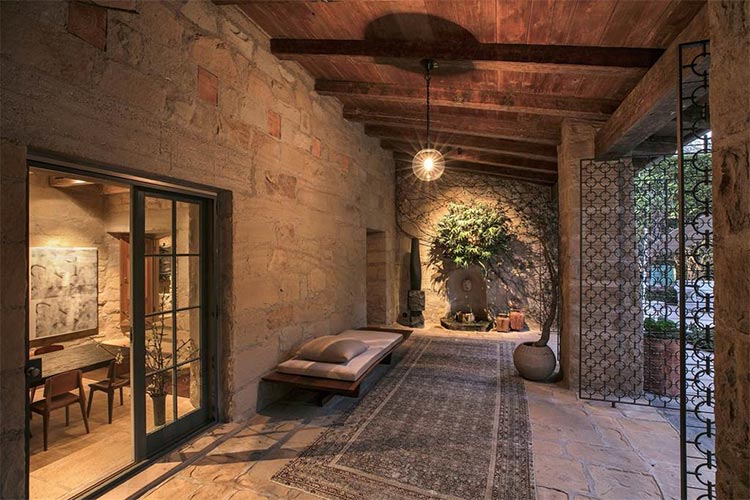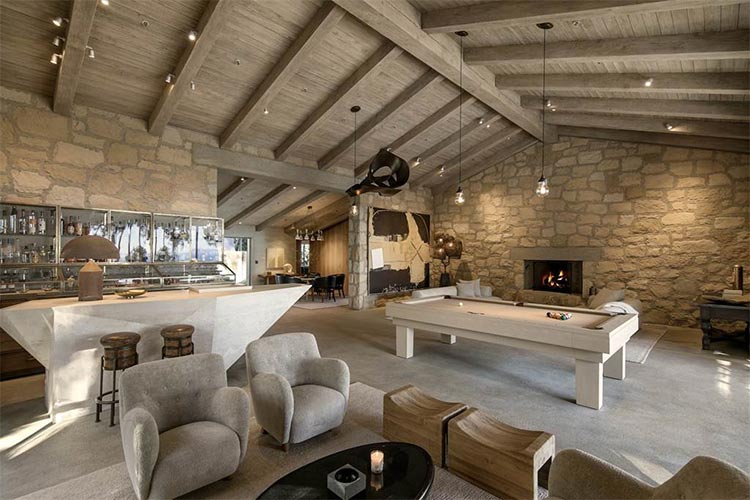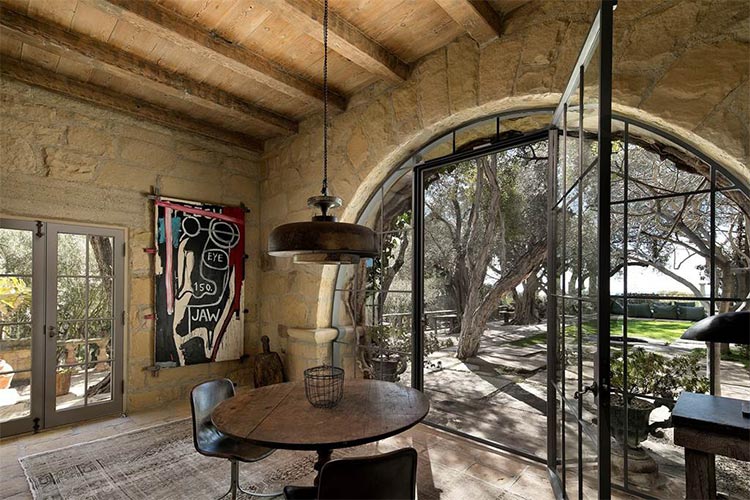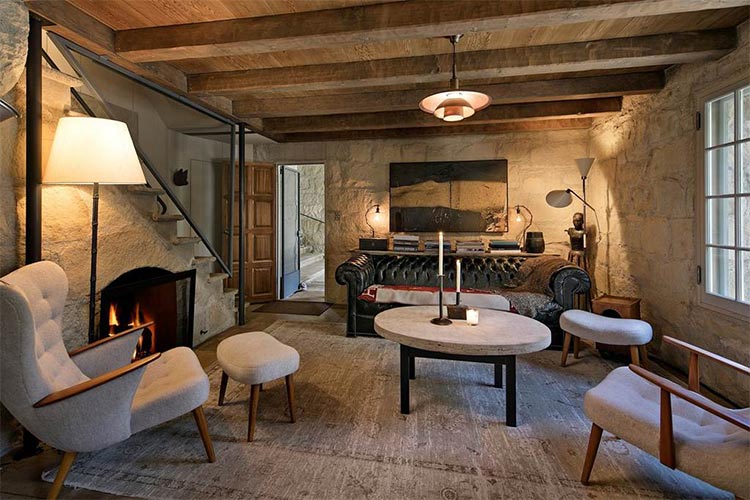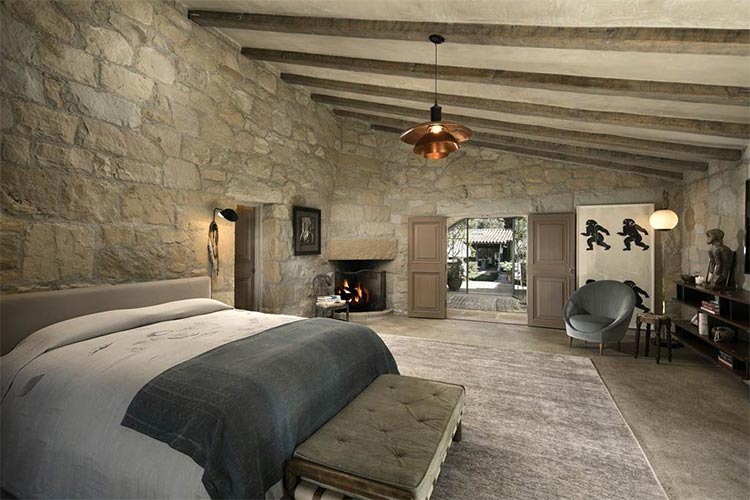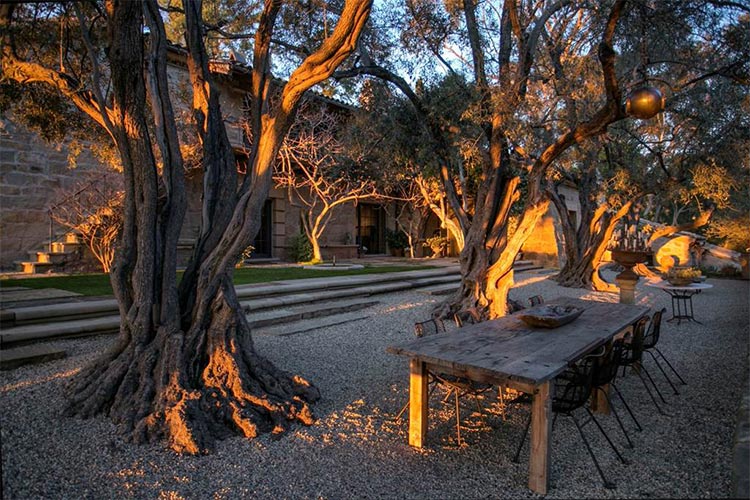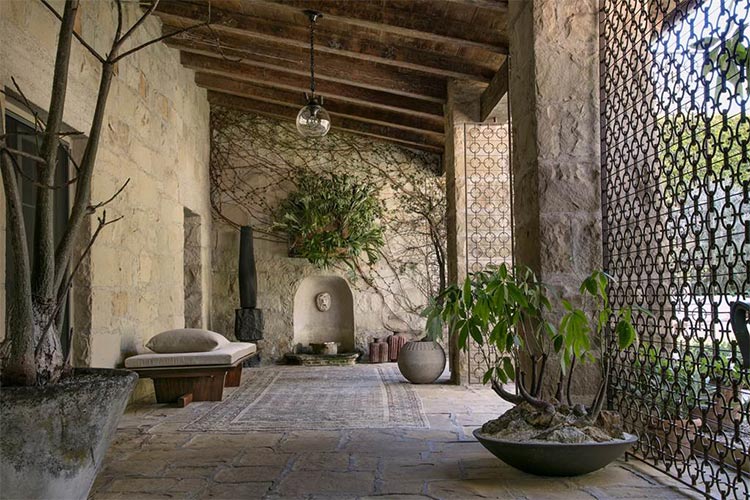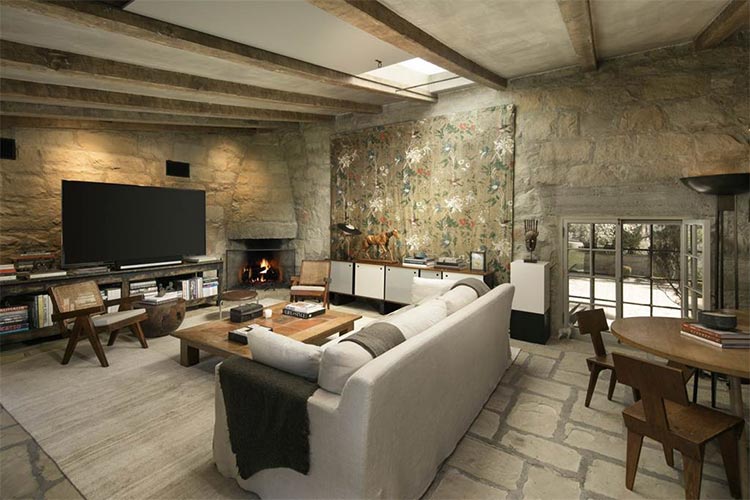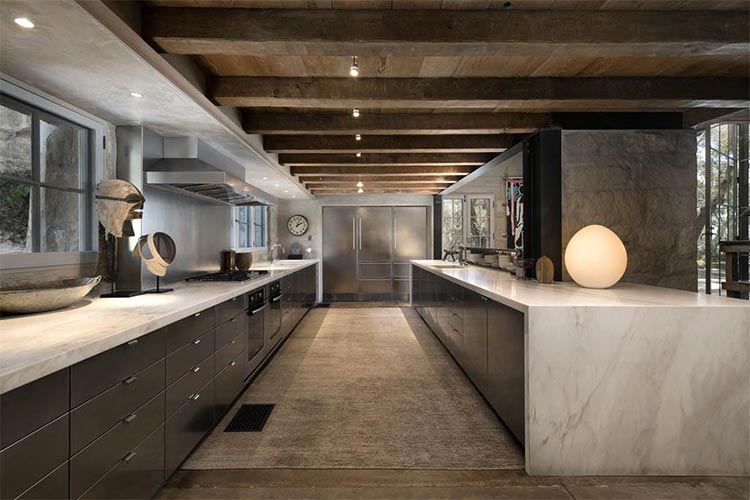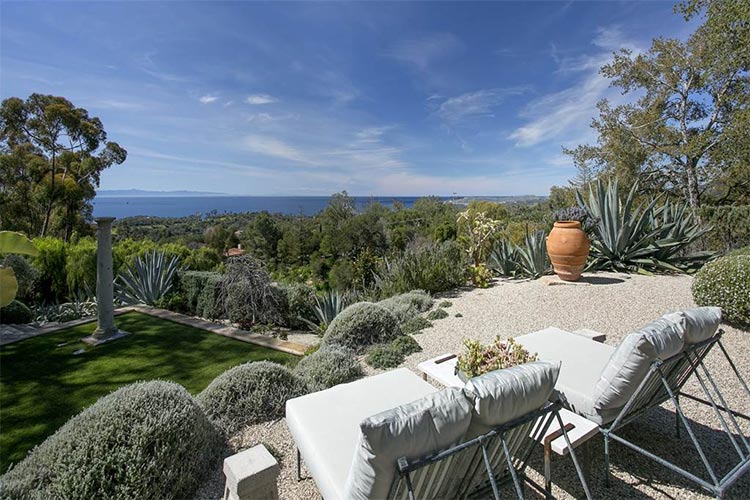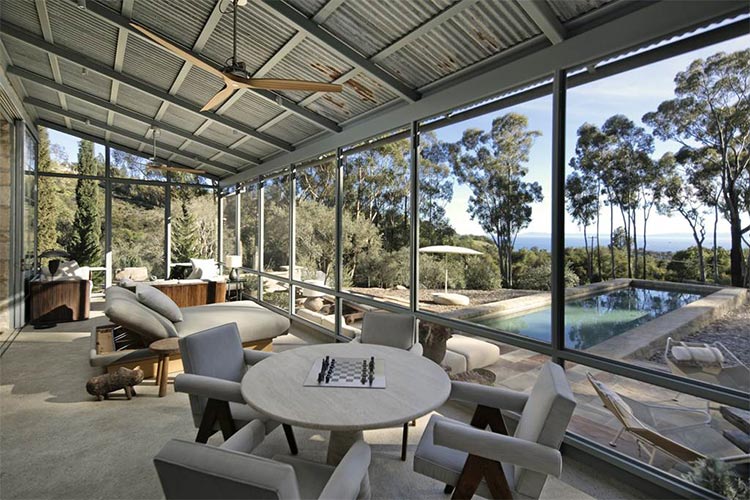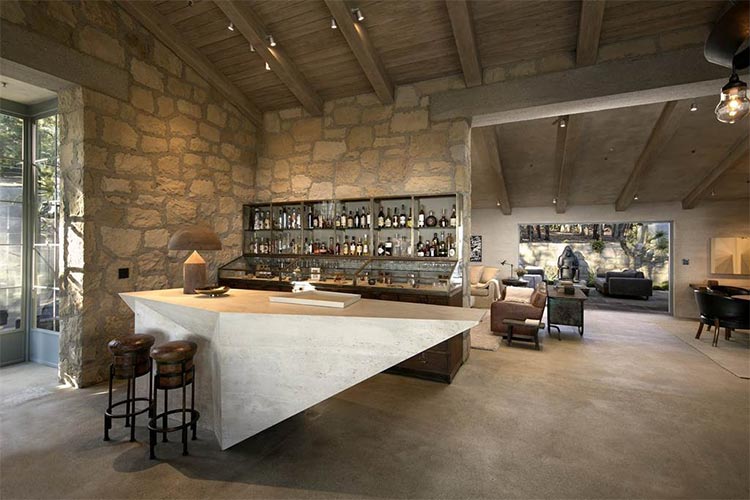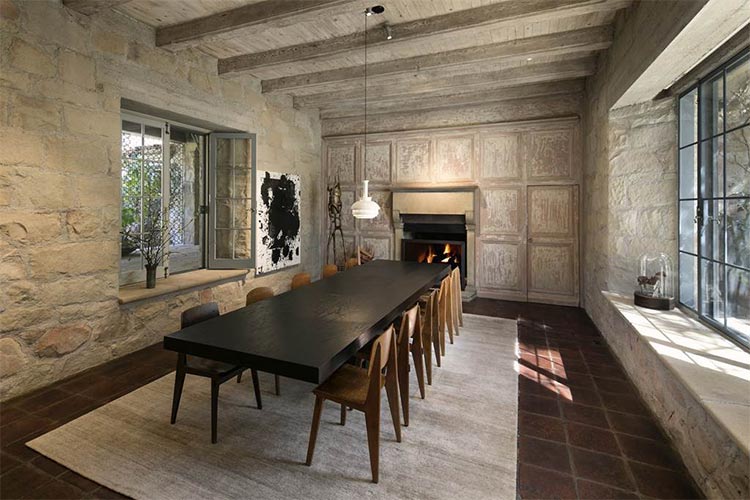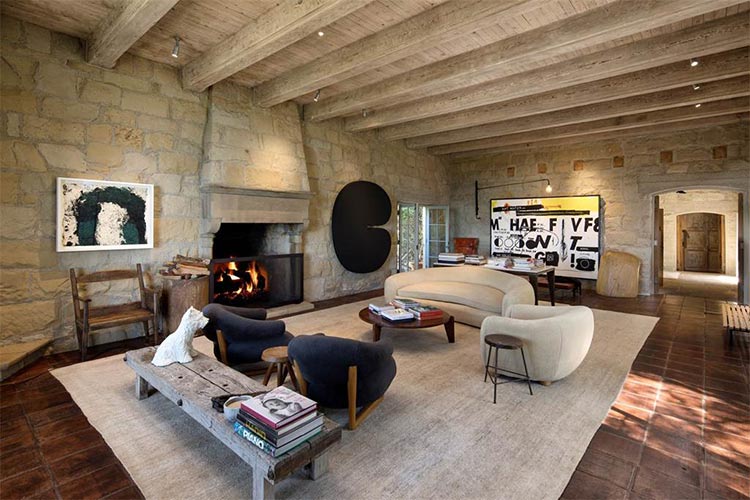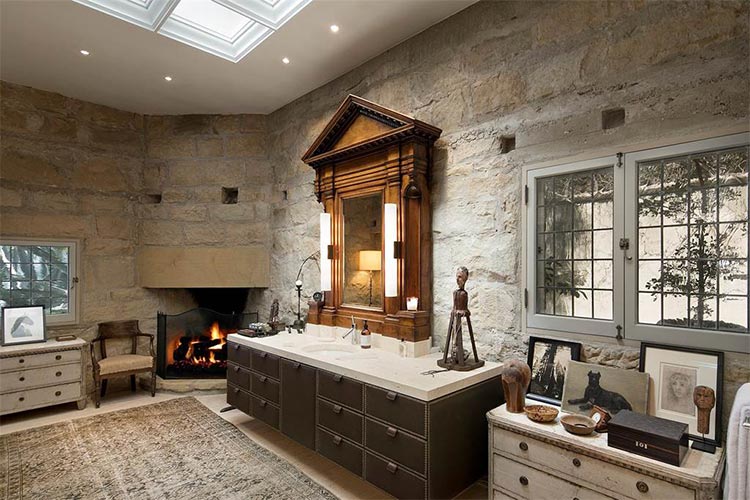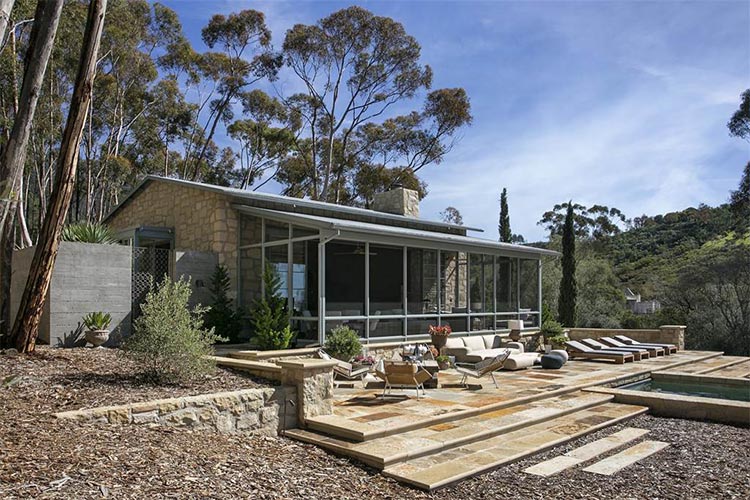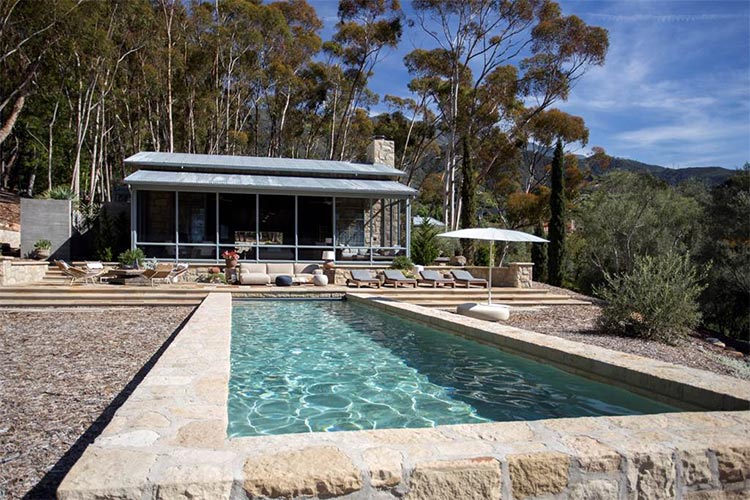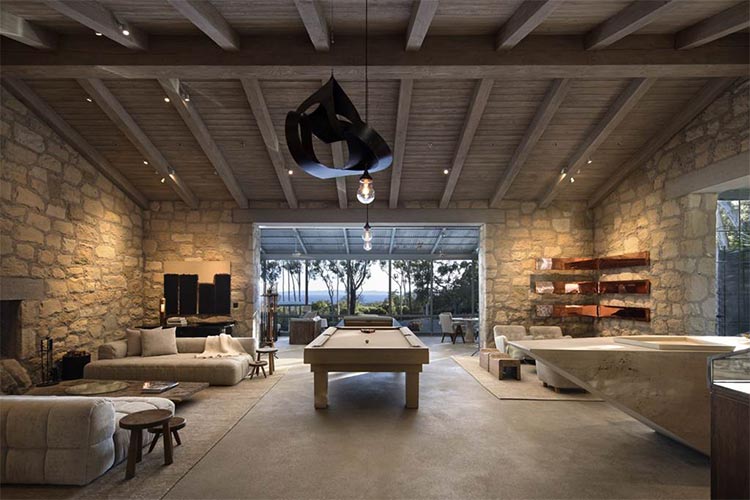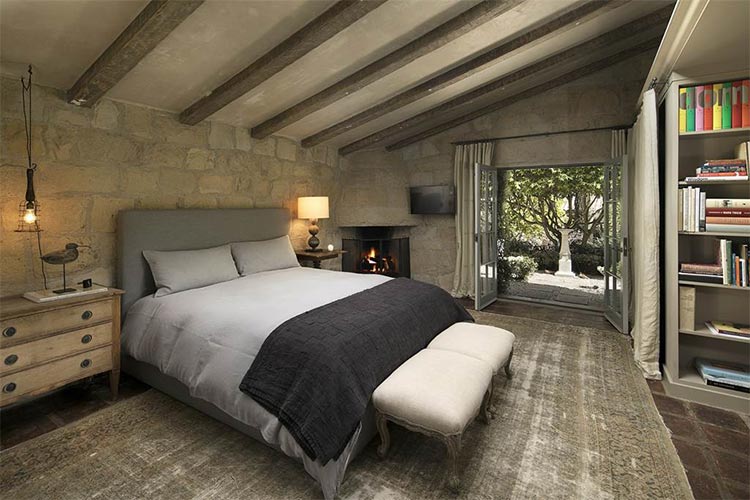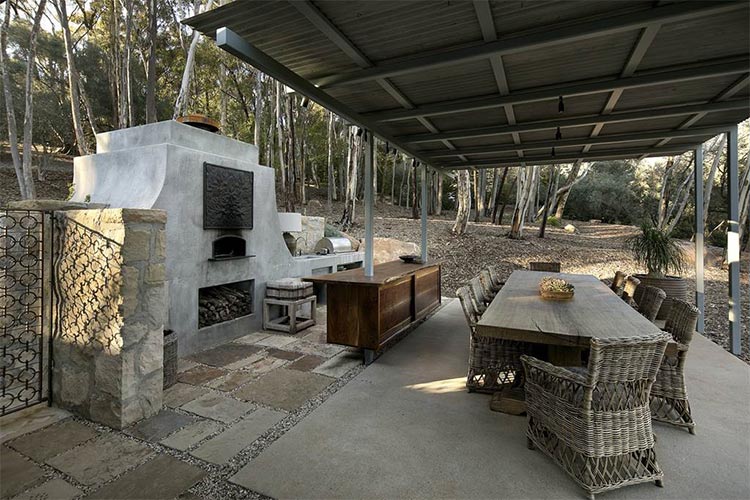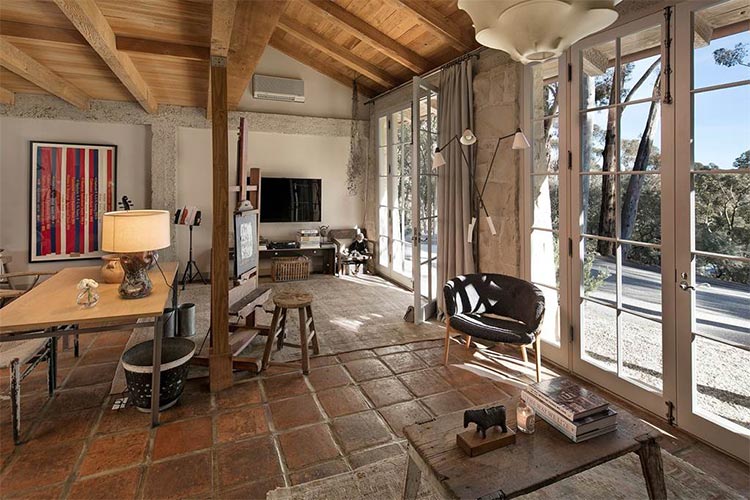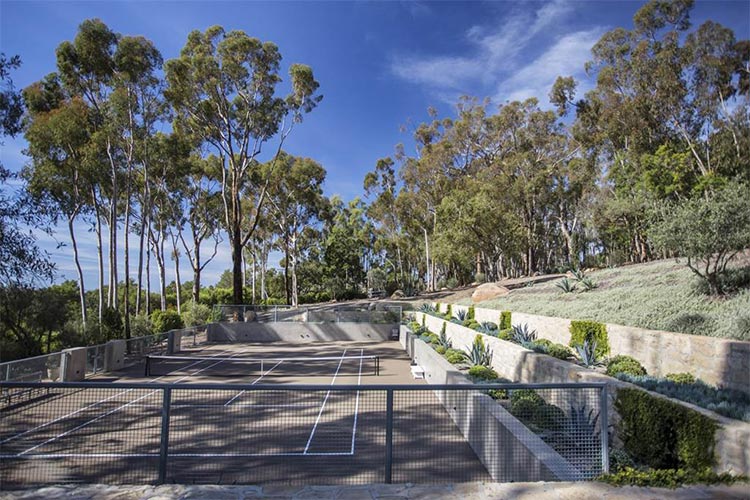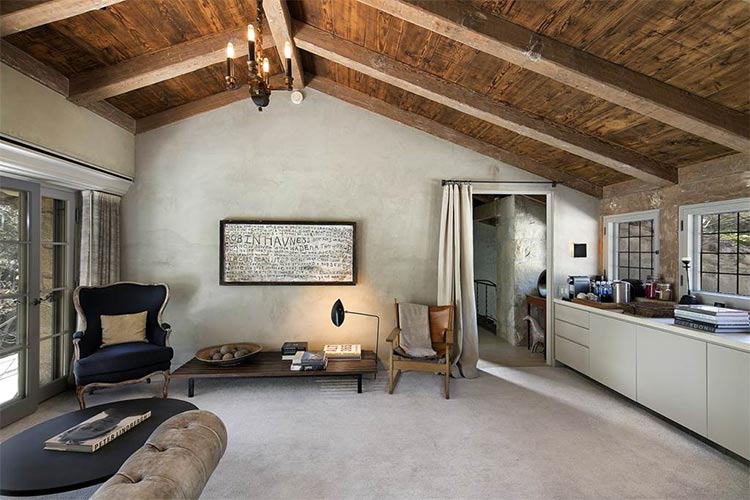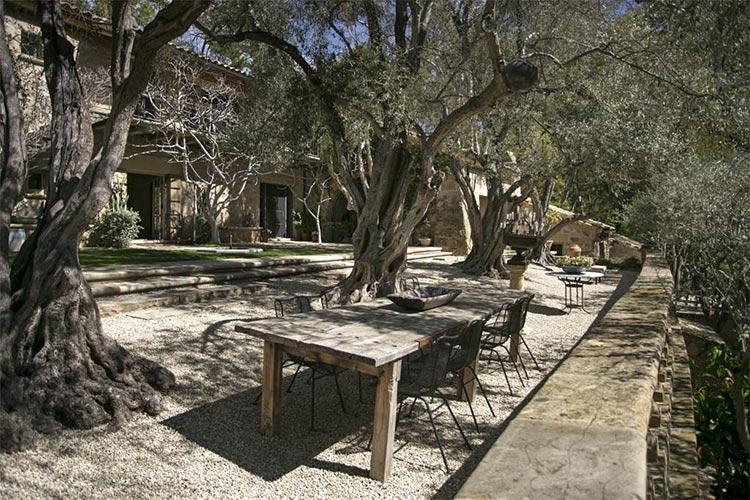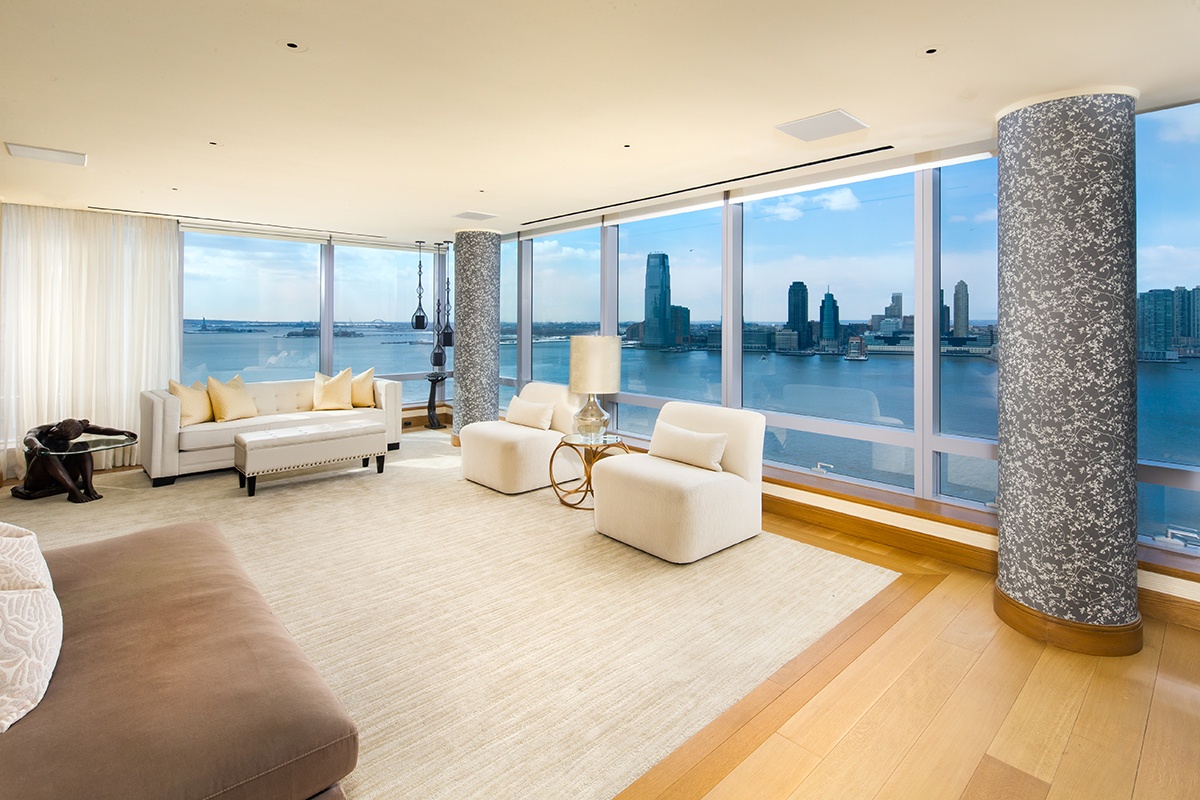


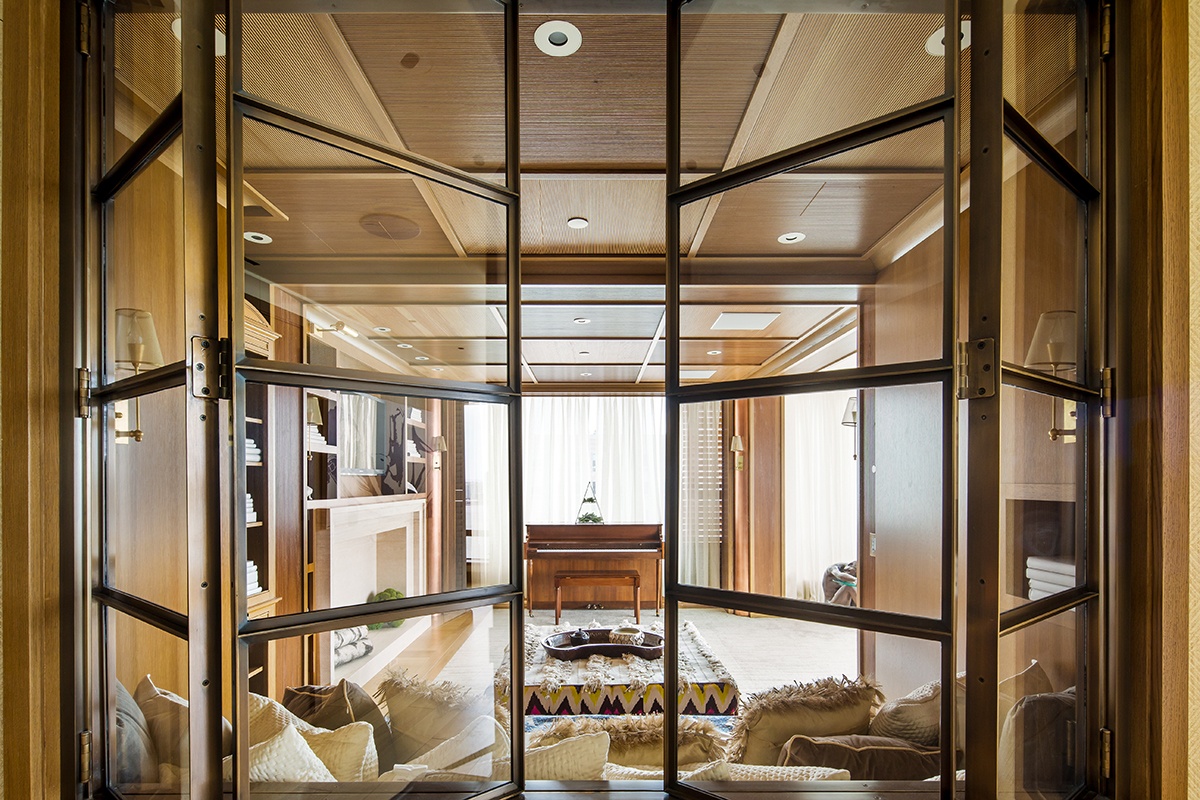
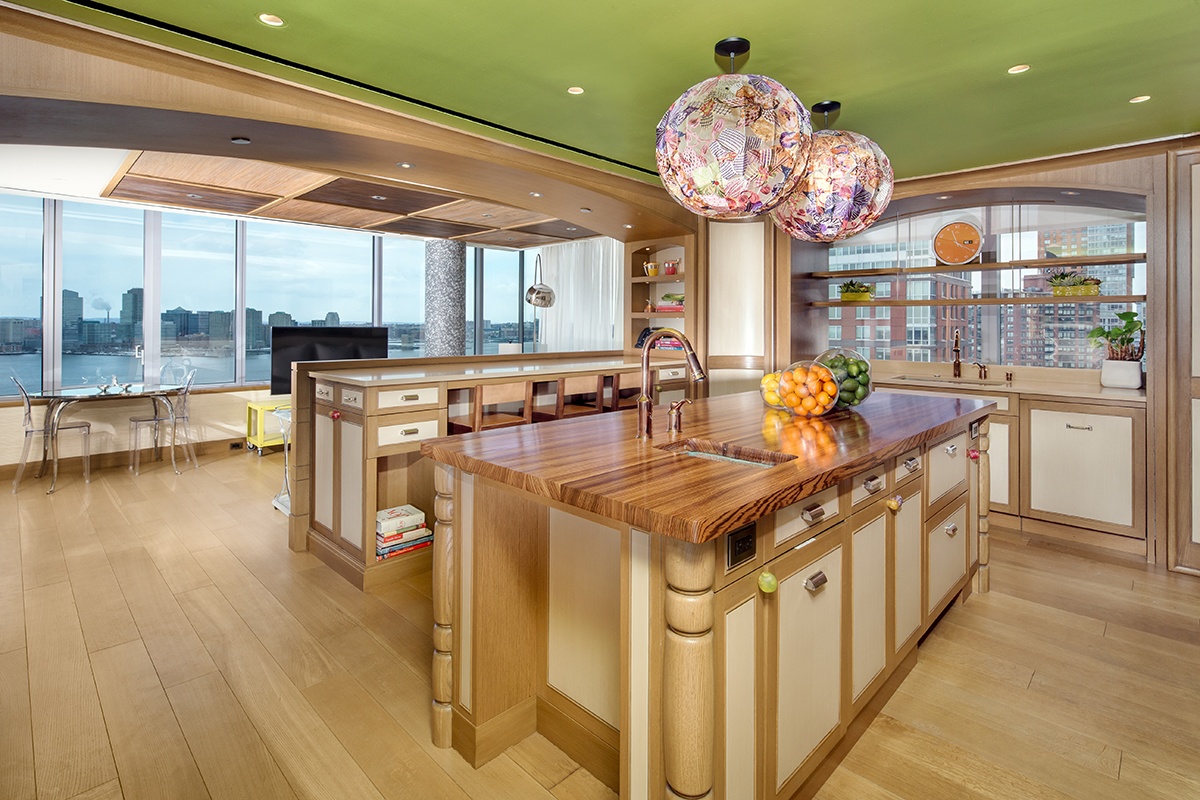
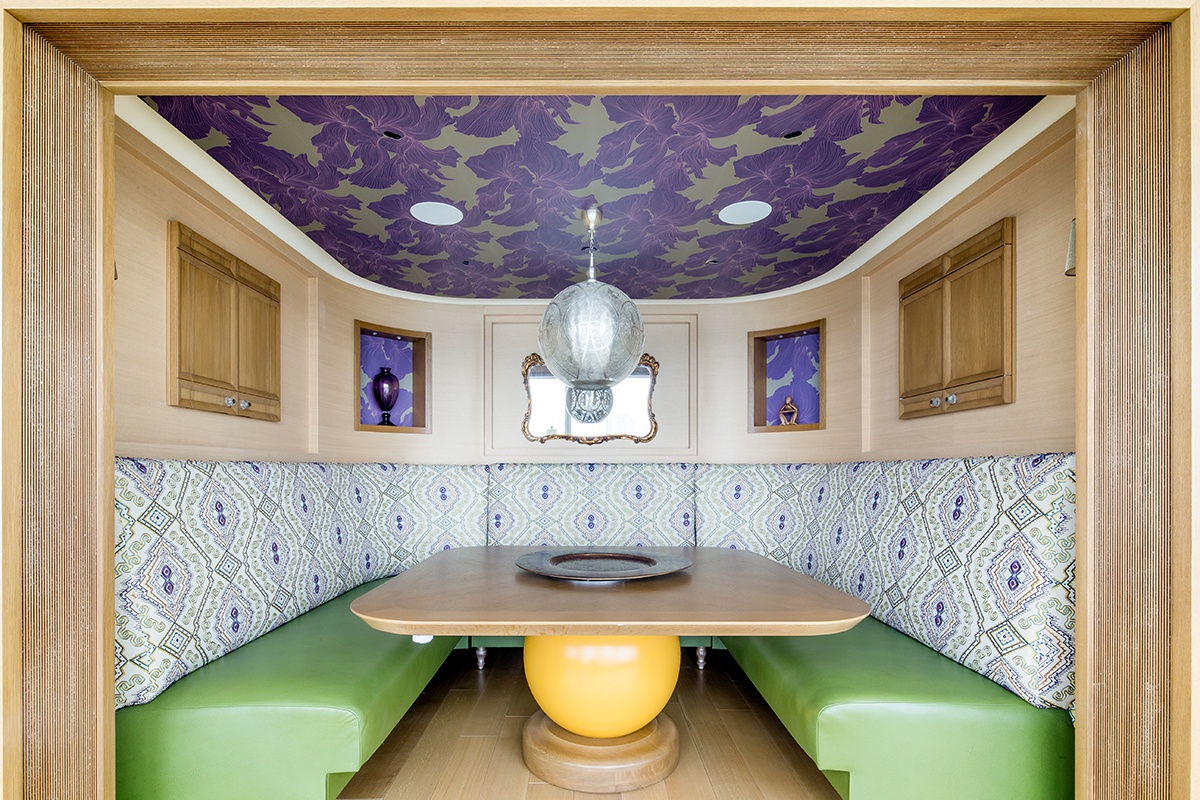
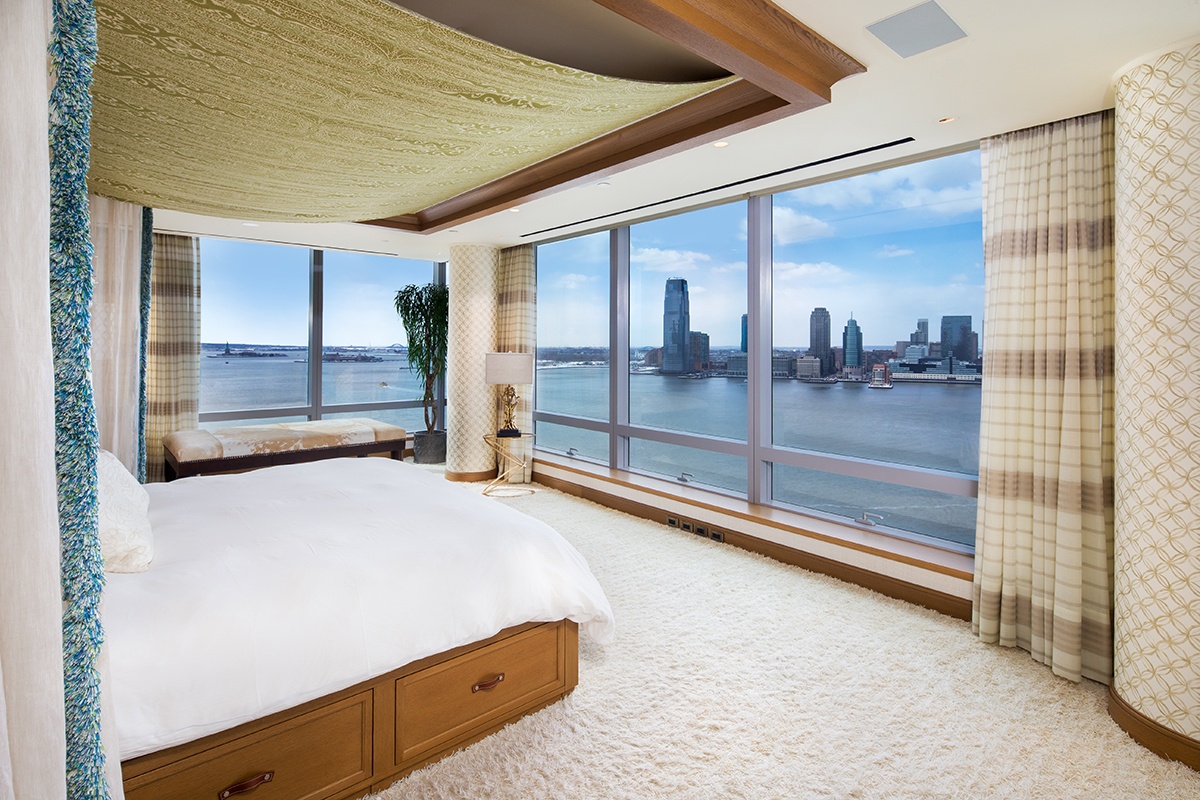
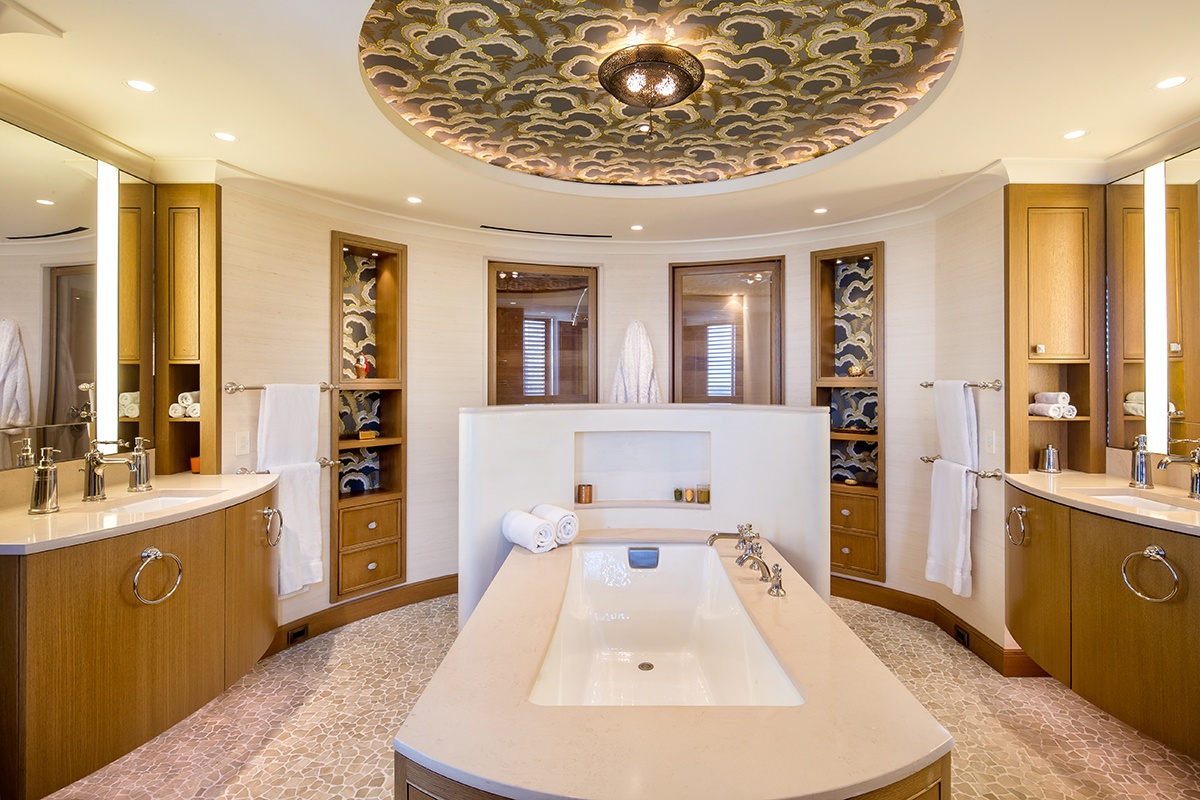
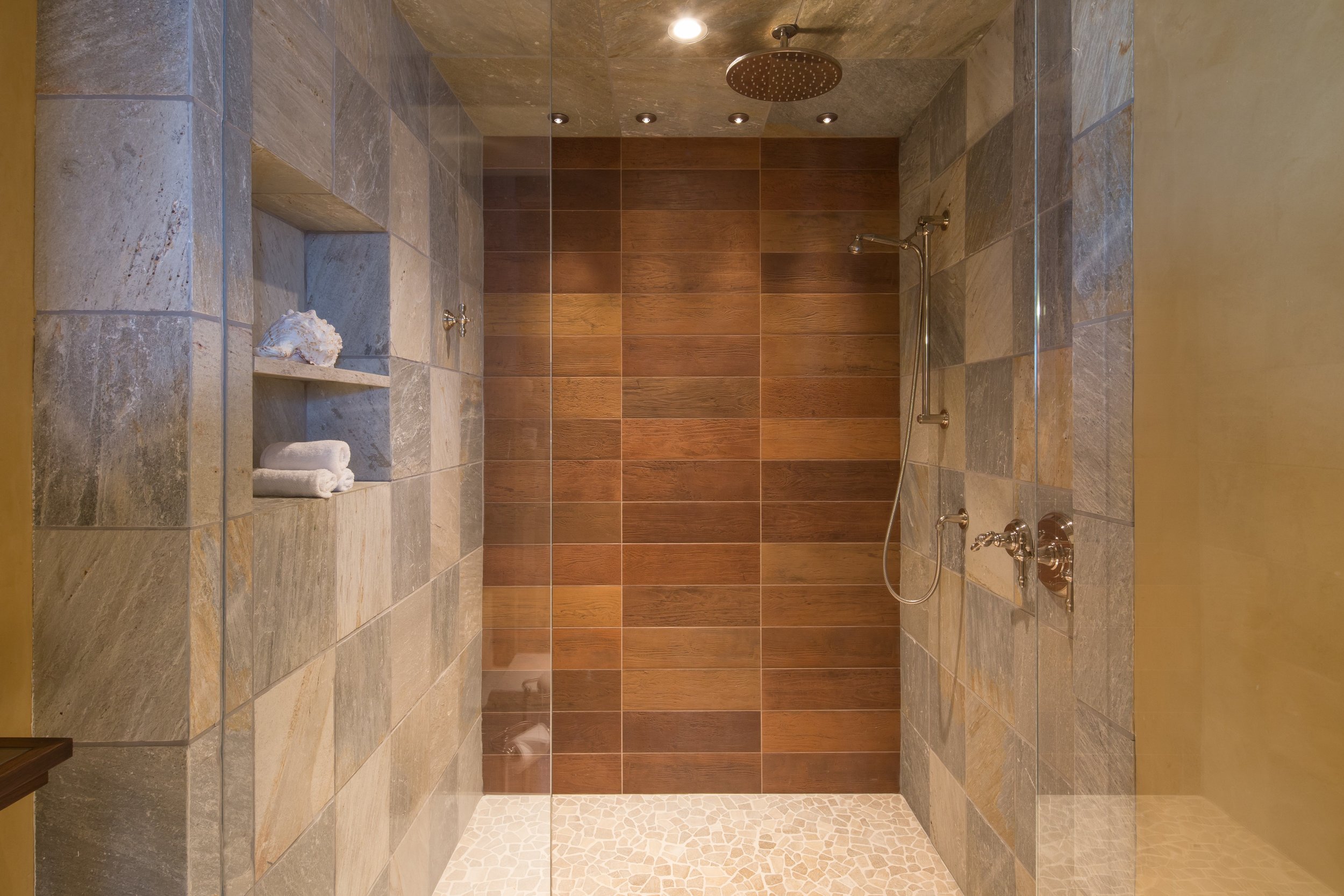
Two years ago, Tyra Banks put her gigantic Battery Park City pad on the rental market for $50,000 a month, but the Times now reports that she’s decided to part ways with it completely, listing the 7,000-square-foot Riverhouse duplex for $17.5 million. Banks, who welcomed her first child last year, is spending most of her time at her homes in Los Angeles and Northern California since her new makeup line is headquartered in LA and both of her hosting gigs–for “America’s Got Talent” and “America’s Next Top Model”–also film there. She did, however, tell the Times that she’ll miss “the feeling of having a home in the sky.”
The condo was was originally four separate units on the 22nd and 23rd floors, which Banks bought in 2009 for $10.3 million. She then embarked on a massive renovation, which didn’t sit so well with her neighbors due to “ear-rattling drilling” and paint fumes. She outfitted the home with “rich fabrics, textured wall coverings, exotic wood details and ornate light fixtures” to make it feel like less of an apartment and more like “a single-family home with finishes and an experience like one would have in the Hamptons or even in an estate in Los Angeles,” she told the Times in an email. She also made sure to configure the apartment for “maximum privacy” with various wings to accommodate staff, business associates, and family.
The new owner (or renter–the home is still available for $50,000/month) will get five bedrooms, eight bathrooms, several kitchens and kitchenettes, a gym, hair salon, and amazing Hudson River and Statue of Liberty views. Other details include oak panel flooring, a banquet table that Banks said was designed to look like “a booth at a Michelin-starred restaurant,” and a mirrored dressing room.
They’ll also have access to the all the amenities (a yoga studio, fitness center, and saltwater lap pool, to name a few) at the eco-friendly Riverhouse, where Leonardo DiCaprio is also a resident. Though, Tyra did divulge that she’s never run into Leo in the building: “He was always that elusive spirit that so many people talked about. I’ll miss my houseguests trying to spot you in our building.”





